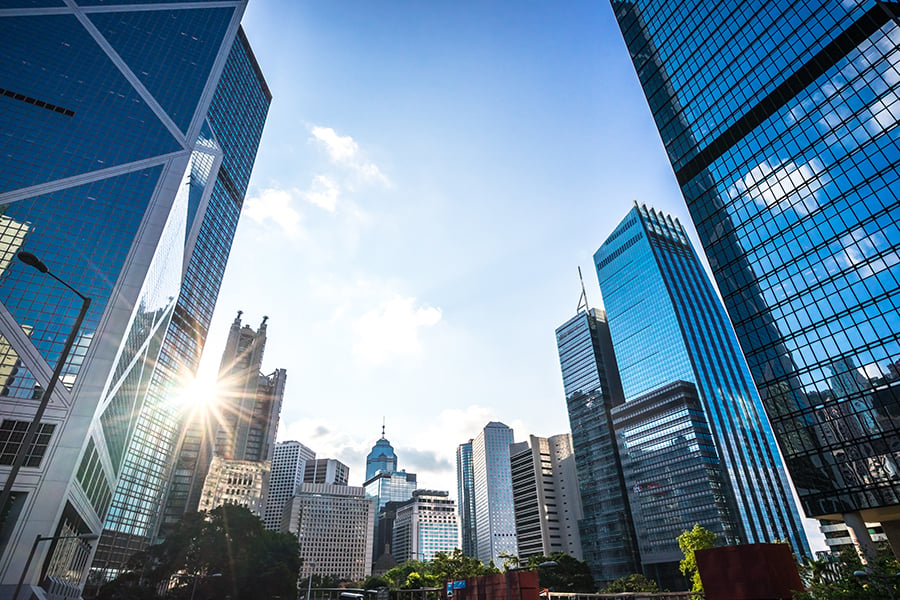
Tracking your occupancy is important for monitoring your company’s expenses and can help you to reduce costs and positively impact your bottom line. Unfortunately, many people overlook crucial expenditures when calculating occupancy costs, leading to incorrect figures. To ensure that you're getting an accurate picture of what your space is costing you, make sure that you include all of the following items:
1. Rent
The actual cost of your monthly rent will account for a large chunk of your total occupancy costs. Over time, make sure that you alter rent figures to accurately reflect escalations.
2. Common Area Maintenance
Most people add common area maintenance fees or CAM into their total occupancy costs without taking the time to consider what these fees are assessed for. This can lead to doubling up and omitting various expenses. Take the time to review your lease and determine exactly what is and is not included in CAM. This way, you will know what other expenses need to be added to your calculations.
3. Insurance
When calculating your total occupancy costs, you'll want to consider two types of insurance. First, you must ensure that you include your portion of your landlord's property insurance if it is not factored into the CAM. You'll also want to take into account your general liability insurance costs.
4. Taxes
Your landlord will pass a portion of property taxes on to you. In some cases, this is done as a part of the common area maintenance fees, so it is not necessary to add them as an additional line on occupancy costs. If your CAM does not include taxes, make sure to add your company's share to your calculations.
5. Utilities
Some leases include water, sewage and electricity costs in the monthly rent, so there is no need to add these utilities to occupancy costs. If your company pays your utilities separately, then you should add these items to your total occupancy costs. Often, utilities are an area where companies looking to reduce their occupancy costs will want to focus on. Adopting green technologies and practices can go a long way toward minimizing these expenses. You'll also want to be sure to include costs for landline telephone service, cable television and Internet as needed.
6. Cleaning and Maintenance Services
Total occupancy costs should include anything that your company pays in order to keep your office space and the grounds surrounding it in good repair that is not covered by your common area maintenance fees. This may include janitorial and cleaning services, garbage removal services, recycling services, indoor plant care services and landscaping services. One-time expenses like pest control, equipment servicing, tenant improvements, general maintenance and unexpected repairs may also be included with total occupancy cost.
7. Security Services
As with cleaning and maintenance services, security services that are not paid for through common area maintenance fees should be added to total occupancy costs. This includes not only the cost for hiring security guards but also any fees related to the monitoring of alarm systems in your office.
Here are some other articles we know you'll enjoy:
5 Things to Beware of In Your Office Lease
Importance of Having a Flexible Commercial Office Lease
5 Technology Tools to Help With Commercial Site Selection
Subscribe to our blog for more Commercial Real Estate tips!!








